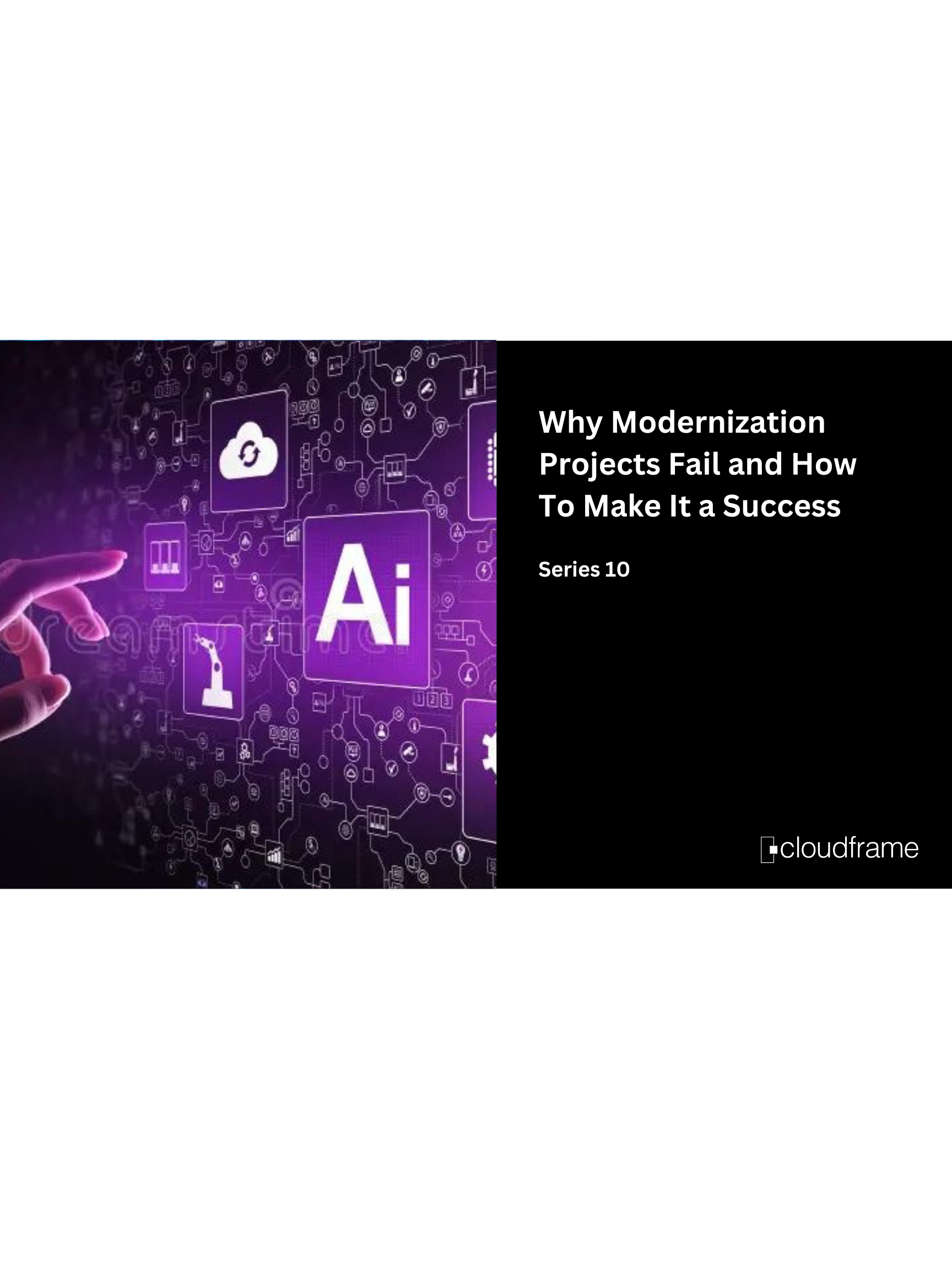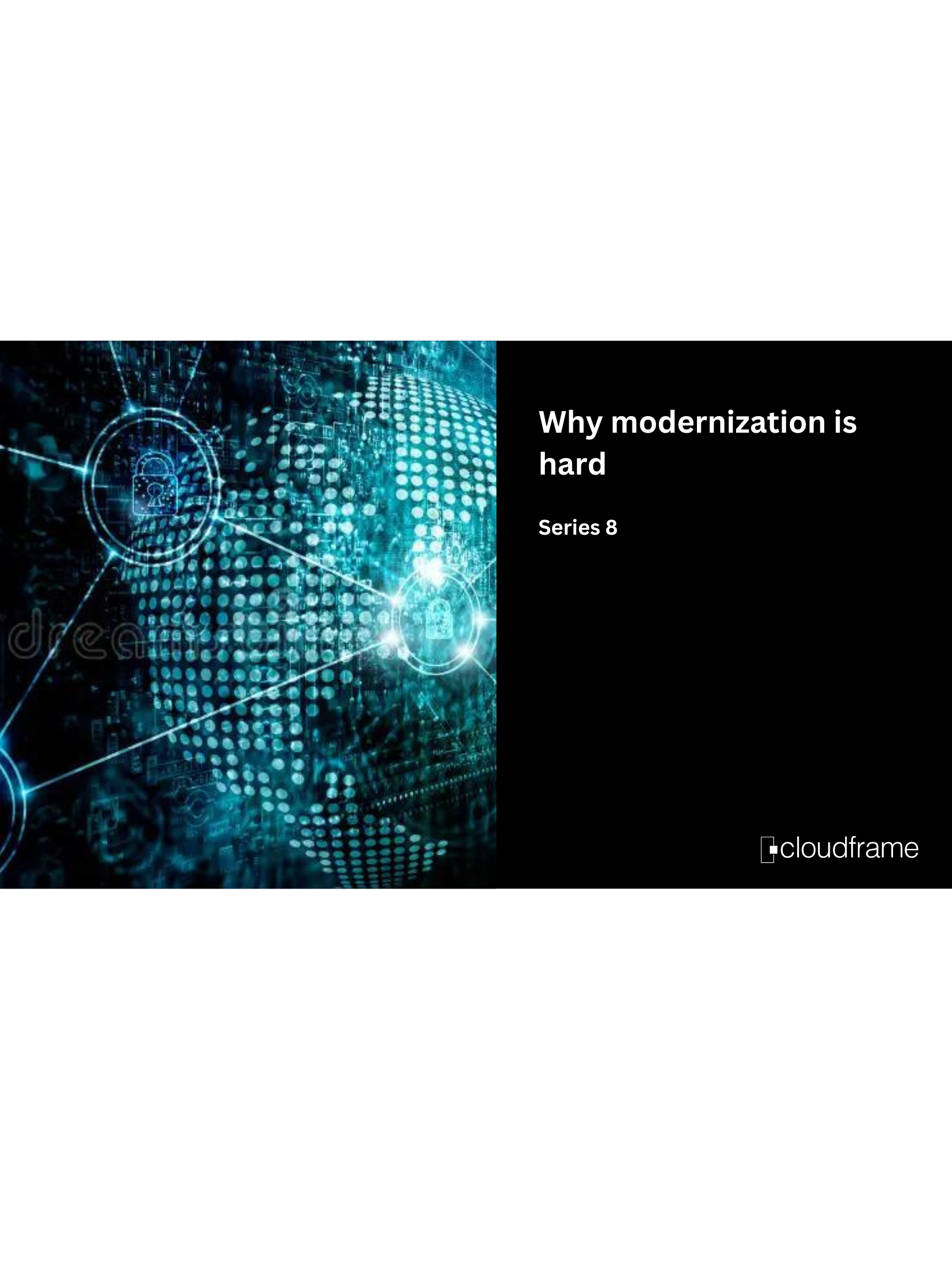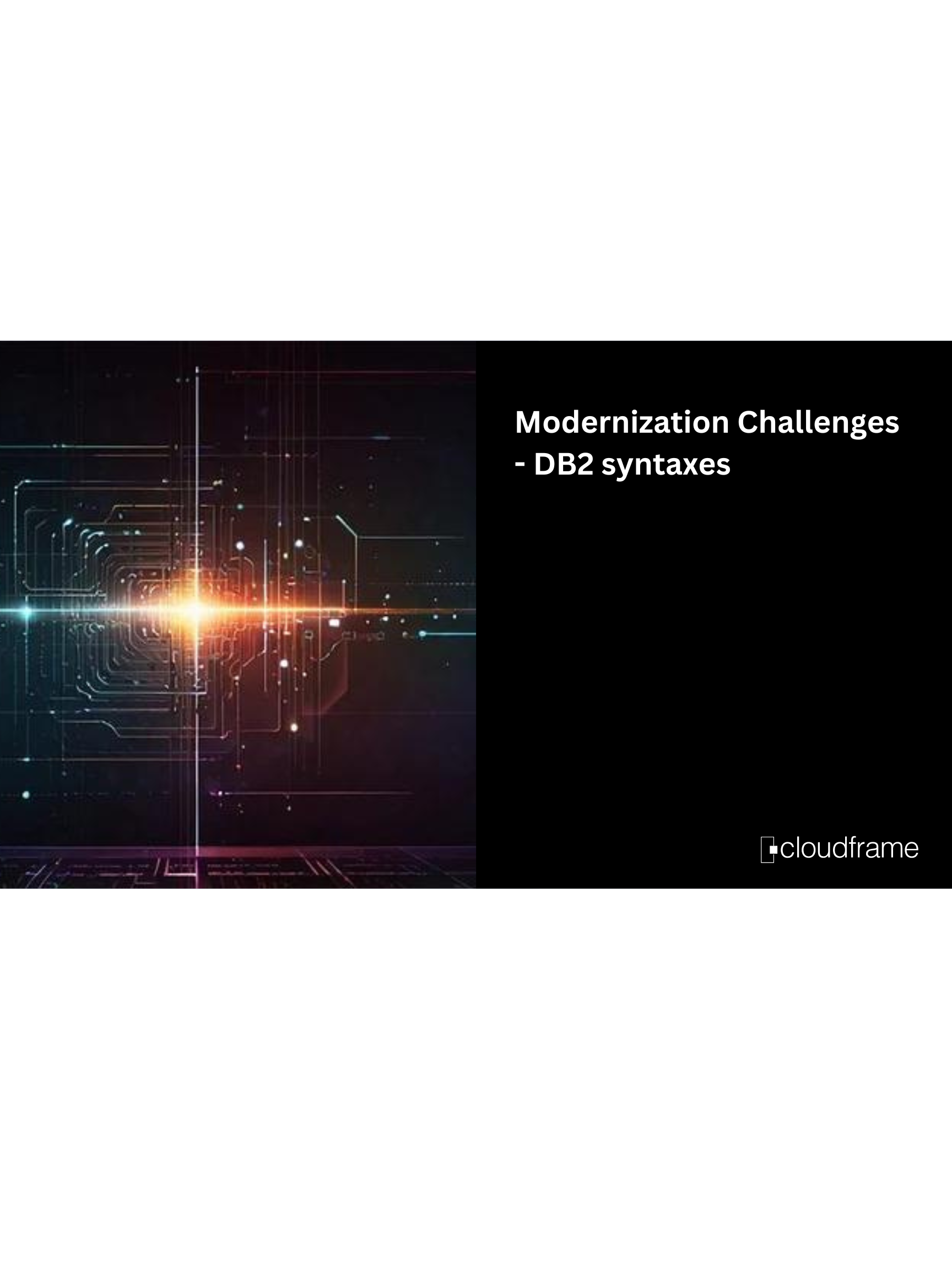Why Modernization Projects Fail and How to Make It a Success – Series 10
When IT Ambitions Clash with Business Reality in Legacy Modernization When legacy modernization efforts turn into a battlefield between IT ambitions and business realities, the outcome is almost always the same: reality wins. Unfortunately, by the time reality prevails, the project often leaves behind a trail of shattered euphoria and a disheartened team. In this […]











Recent Comments